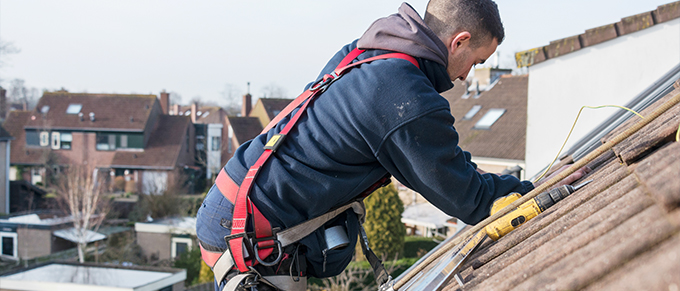FAQs Regarding New IRS Expensing Rules
Commercial building owners can benefit from new tax rules affecting the expensing of new roofs and other qualified property. As we addressed in a recent blog, the Tax Cuts and Jobs Act of 2017 expanded Section 179 expensing to include improvements to nonresidential buildings and increased the amount that can be expensed on qualifying real property.
More specifically, building owners can expense the costs of qualifying property rather than recovering the costs over a period of years through depreciation. Some of our customers have contacted us with questions about the new rules. In this blog, we answer some of the most frequently asked questions regarding Section 179 expensing.
What is Section 179?
Section 179 of the U.S. Internal Revenue Code specifies the ability of a taxpayer to deduct the cost of certain types of property on their income taxes as an expense instead of requiring the cost to be capitalized and depreciated.
What Has Changed?
The definition of Section 179 property in the tax code has been expanded to include the following improvements to nonresidential real property:
- Roofs
- HVAC property
- Fire protection and alarm systems
- Security systems
That means the taxpayer has the option of including any of the above in their Section 179 expensing. Prior to the 2017 tax reform, Section 179 expenses were limited to tangible personal property, such as computer software or retail improvements, and were also limited to the interior portion of a nonresidential building.
How Much Can Be Expensed?
The expensing limit was increased from $500,000 to $1 million, and the phase-out threshold has been increased from $1 million to $2.5 million. Keep in mind that commercial building owners will need to consider all Section 179 qualified property placed into service during the year when determining what counts toward the $2.5 million threshold.
How Does this Change Treat Improvements to New Roofs?
As long as building owners are below the $2.5 million limitation, they have the opportunity to fully expense capital improvements to roofs. This includes total roof replacement and some repairs.
How is Property That Exceeds the $2.5M Threshold Treated?
Once the threshold is met, the Section 179 deduction is reduced dollar-for-dollar for the amount the taxpayer placed in service above the threshold. Any property above the limitation is depreciated over the appropriate recovery period, which for commercial roofs is typically 39 years.
What is the Effective Date for the New Expensing Rules?
The rules are effective for properties placed in services after Dec. 31, 2017.
To learn more about how to use the expanded Section 179 expensing rules for roof replacement, contact us at Roberts Roofing.
Roberts Roofing Company has been a leading provider of innovative commercial and industrial roofing solutions in Cleveland, Ohio since 1981. We provide commercial repair, replacement and maintenance to serve companies of all sizes in Ohio and the surrounding region, offering a combination of technical expertise, custom solutions and quality workmanship to every project.
To find out more about selecting a commercial roofer in Cleveland, Ohio, simply fill out the form on this page and a member of our team will be in touch. Or, you may call us at 440.745.8578.

